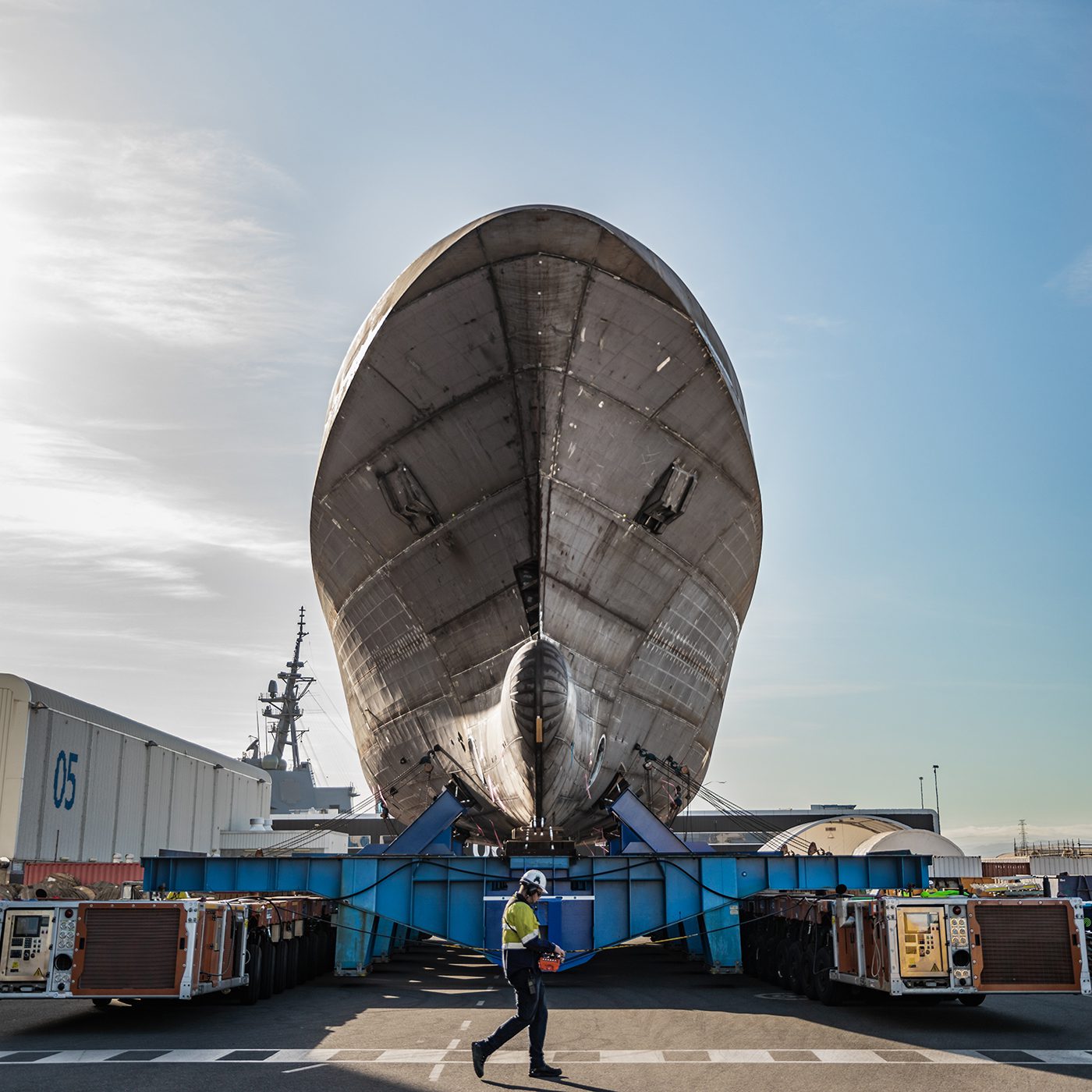I haven't seen the the press release where Australianisations were ruled out. If you could provide a link to it, it would be greatly appreciated.
I've trawled all the press releases I can find and the public version of the Surface Fleet Review itself and the government's response, and I haven't been able to find anything that refers to "No Australianisation" of the Tier 2 GP frigates.
While something might have been said verbally by the Defence Minister or the Minister for Defence Industry, it doesn't seem to have been committed to writing - I think that might be telling. I think it is more likely that there will be at least some Australianisation of the Tier 2 ships.
Even if something like "military off the shelf with no Australianisation" of the Tier 2 ships had been put in writing, which would have been extremely foolish, I just don't think it could be adhered to in practice.
At the very least, whatever the country of origin of the new Tier 2 ships, they would need to be adapted for an English-speaking crew. Can you imagine the media furore that would surround RAN personnel having to learn Japanese / Korean / German / Spanish / [insert language here] just to be able to understand and operate basic systems on board the ships, let alone navigate them safely at sea and potentially go to war in them?
Then there is the issue of supply chains - why force the creation of a whole new set of supply chains for key systems when there are existing supply chains that can be tapped into and expanded? This includes everything from radars and missiles to fire-fighting equipment to tables, chairs, beds and heads.
There is also the issue of promoting Australia's self-reliance in defence and championing Australian content, e.g. CEAFAR / CEAMOUNT, Nulka, etc. This is a political hot potato, as well as being an important military issue. Unless the key technology used in the selected design is way ahead of anything Australia can produce, there will be strong political and military reasons to prefer home-grown tech and equipment.
What I think we'll end up seeing is the hulls, key machinery and basic superstructure of first three Tier 2 GP frigates of whichever design is ultimately selected built as quickly as possible overseas, and then shipped to Australia so that the detailed fitout can be completed here. This is what was done with the LHDs - Navantia constructed the hulls up to the flight deck level, then the hulls were shipped to Australia for the fitout to be completed, including the internal fitout and island superstructure. Of course, frigates and LHDs are very different ships, but doing something similar with the first three Tier 2 GP frigates would allow Australian content to be maximised, and it would give the build team at Henderson the ability to gain some practical experience working on the ships before they embark on building the first fully Australian-built ship. What do others think?




